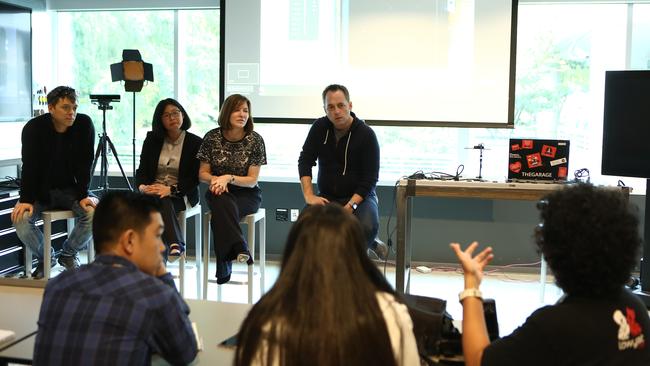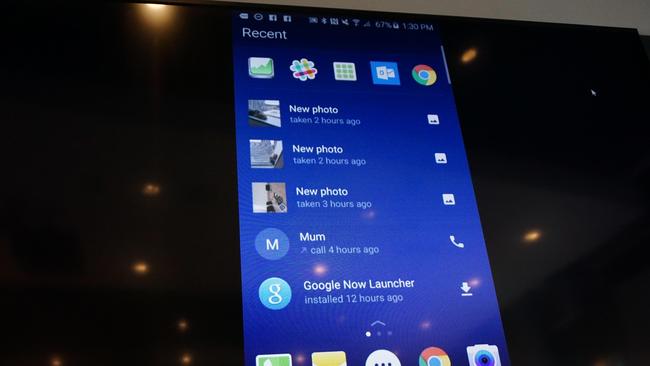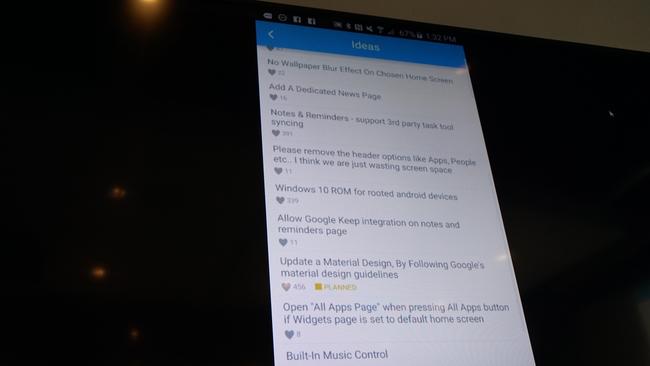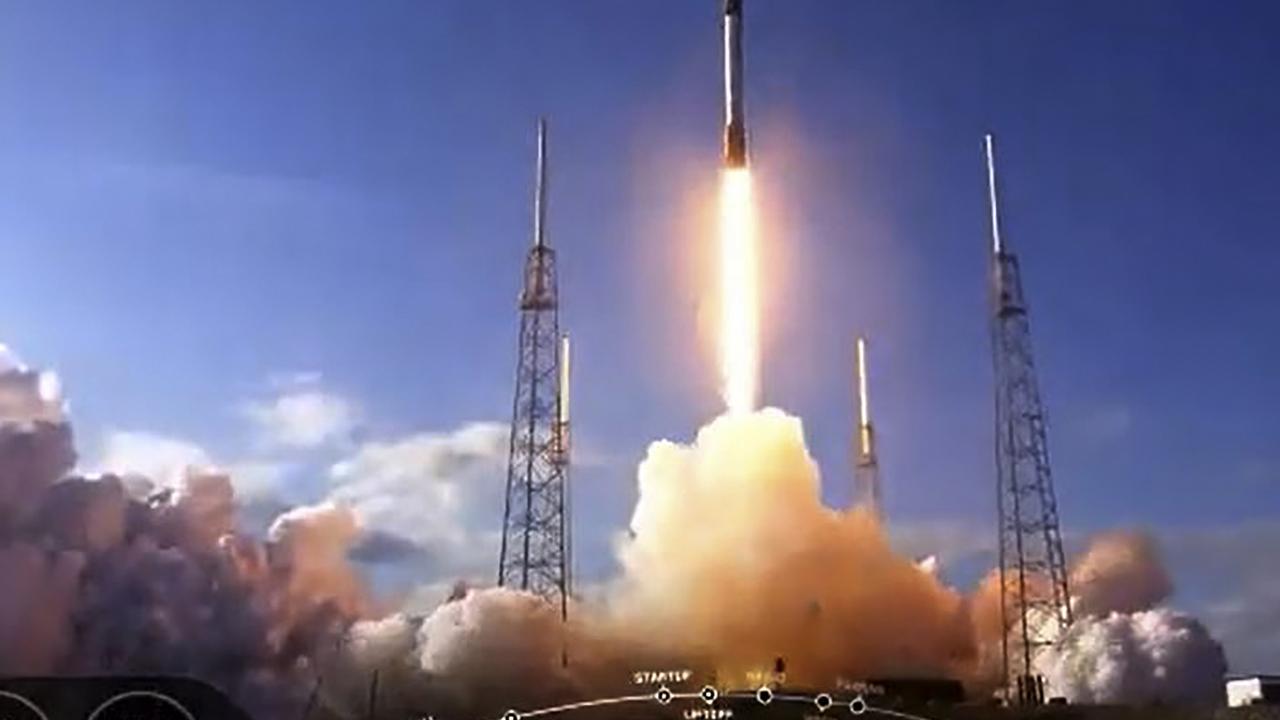Microsoft Android app reflects new direction
Microsoft says it will officially release its smartphone launcher for Android within two weeks.
Microsoft says it will officially release its smartphone launcher for Android within two weeks, in what is a major policy shift for the US technology giant. It is showing an increasing interest in developing aspects of a rival operating system.
The launcher is an app that replaces the Android menu system with one designed by Microsoft.
Apart from auto-arranging apps based on their frequency of use, and displaying Microsoft contacts from the people’s app, the launcher offers quick access to tools such as the flashlight and extended searching in Android.
On Friday, it announced an additional function called “recent”, which shows files recently accessed so they can be accessed again, and customisable widgets. Android users now can tell Microsoft other functions they’d like the launcher to have. Microsoft reports back progress on the ideas in Android. One popular request involves the use of Microsoft’s personal assistant Cortana.

It’s not as if Microsoft’s presence on Android and Apple’s iPhone and iPad is limited now. Already it has produced a lockscreen app for Android that replaces the Android lock screen, and its Office and OneDrive cloud apps are highly visible on Android and Apple’s iOS. An early cut-down version of the launcher was available as a beta (test) version in July.
Last month, Microsoft corporate vice-president Kirk Koenigsbauer appeared on stage at Apple’s launch at San Francisco to promote a Microsoft’s Office suite tailored to the iPad Pro — a device Microsoft is competing against, with Surface Pro 4 and Surface Book announced last week. Both are large-screen, detachable tablets with stylus capability, just like iPad Pro.
The move shows the energy Microsoft is putting into its rivals’ ecosystems when it sees a benefit, in what is a marked change under chief executive Satya Nadella. Last month, it was reported to have bought Double Labs, the developer of Echo Notification Lockscreen, another Android lock screen app.

It raises the question: if Microsoft can produce a lockscreen and launcher for Android, could it produce a full-blown tailored Android operating system, just as Samsung, LG and others do? When asked if it could produce such an operating system variant, Microsoft chief experience officer Julie Larson Green told The Australian: “We’ll go wherever our customers are.”
There are reasons to do this. While Windows 10 sells in its millions, relatively few have a matching Windows Lumia smartphone. Increasing Microsoft functionality in Android would mean more opportunities for synchronising data and mirroring functions between Android phones and Windows.
The move also is an acknowledgment that, while it promotes the Lumia smartphone brand it acquired from Nokia, Microsoft cannot depend on Lumia as its sole way of scaling up its smartphone presence. Mobile is where the growth is.
The reporter travelled to Microsoft’s headquarters at Redmond, Seattle, courtesy of Microsoft.



